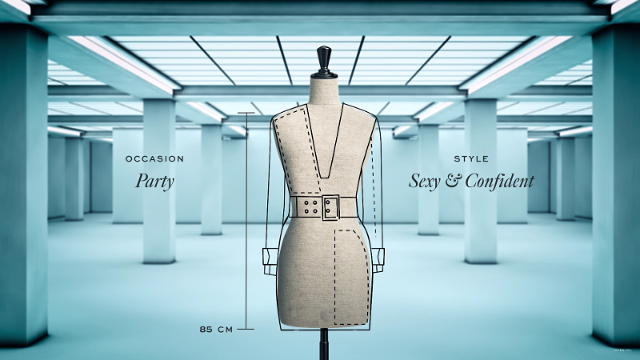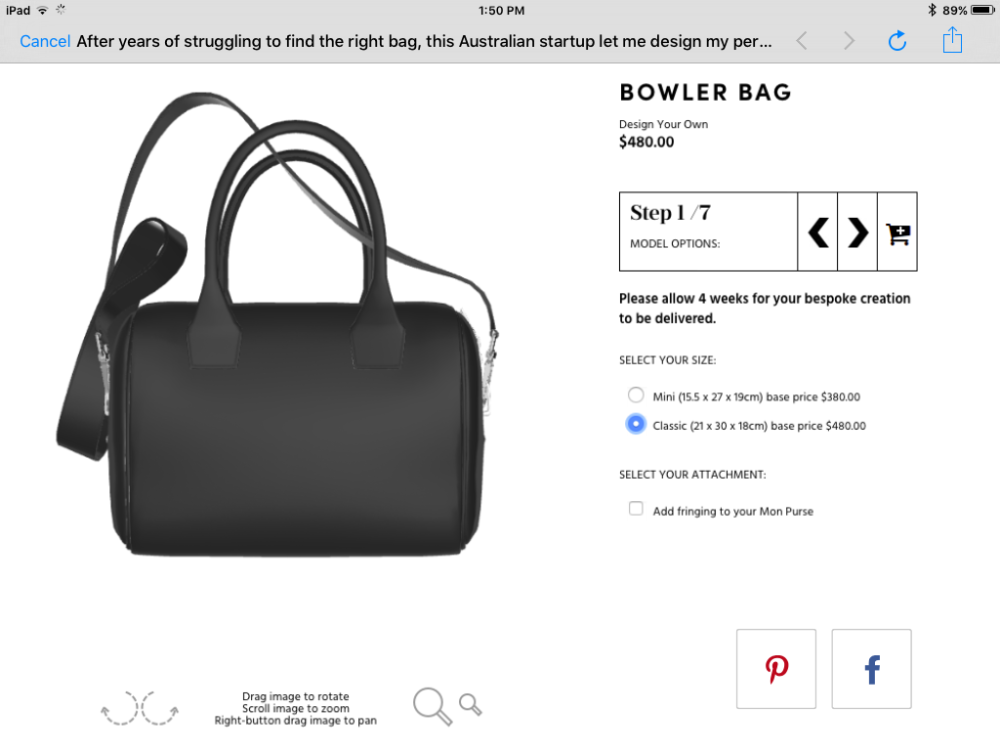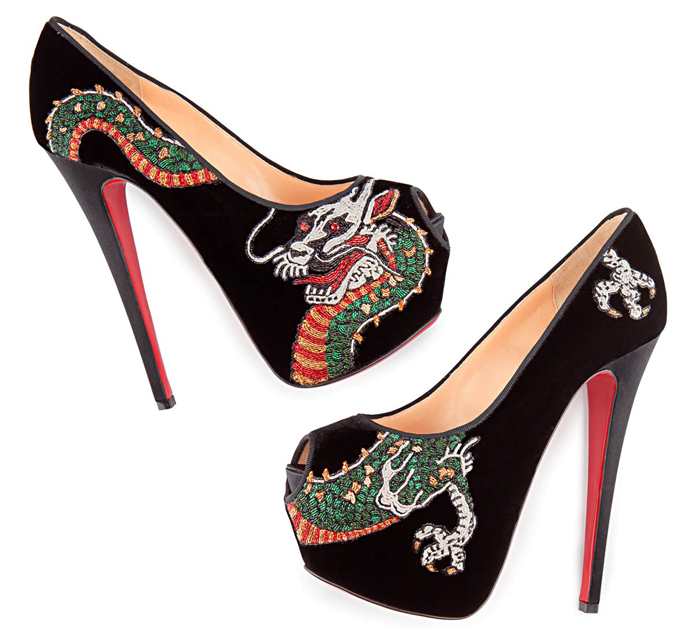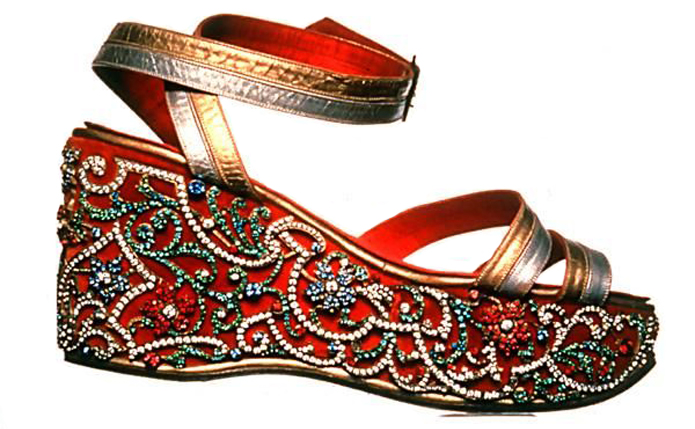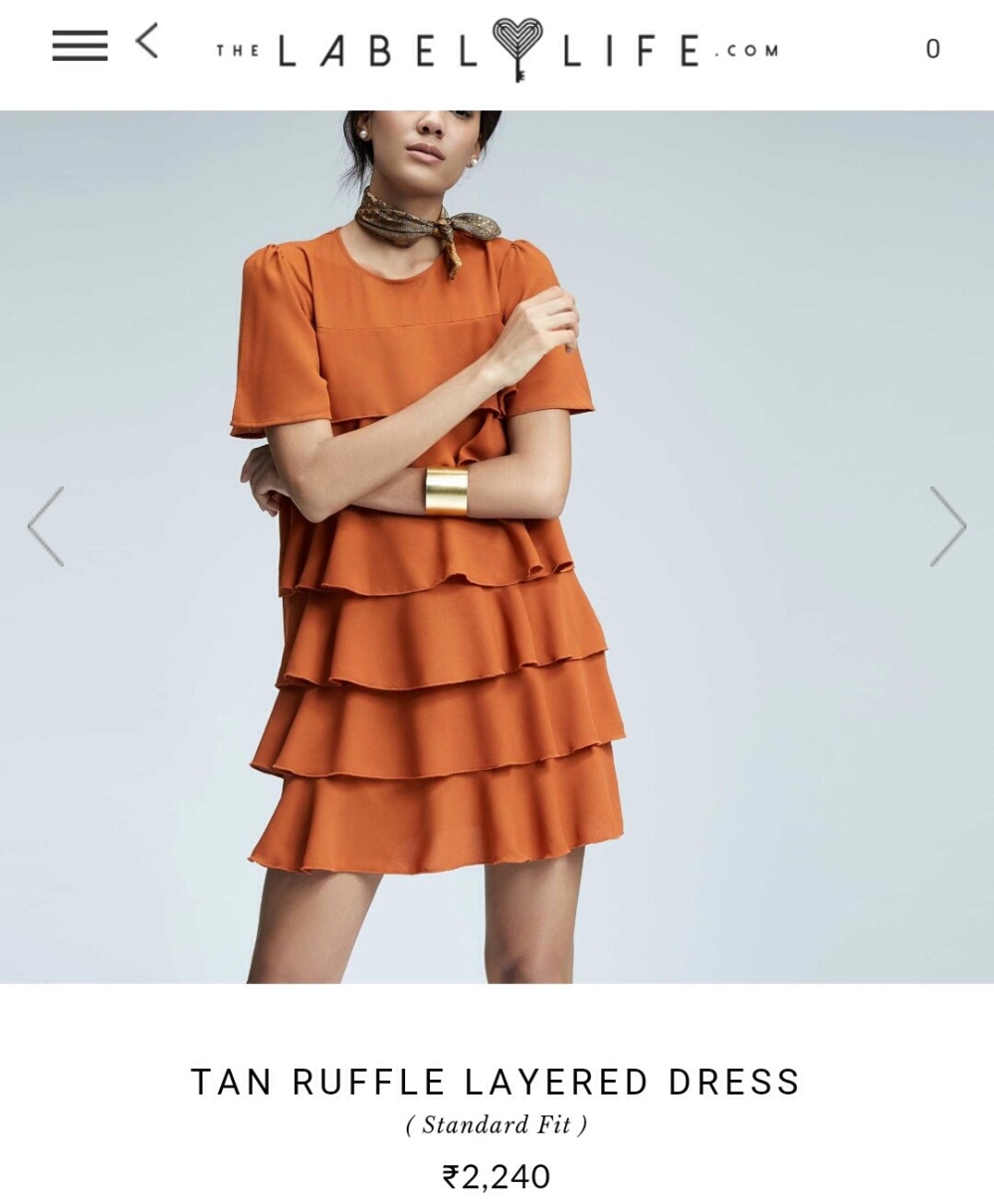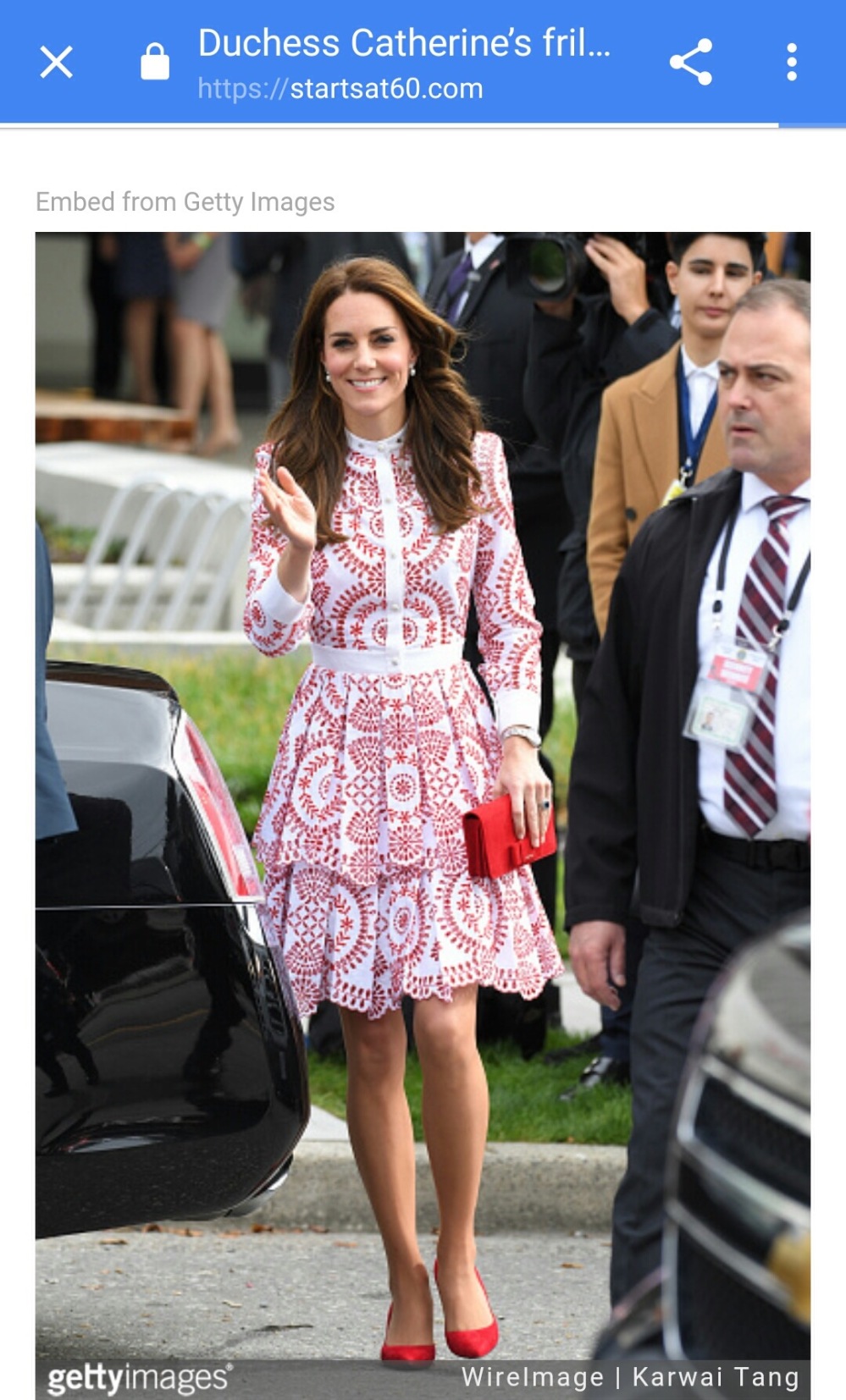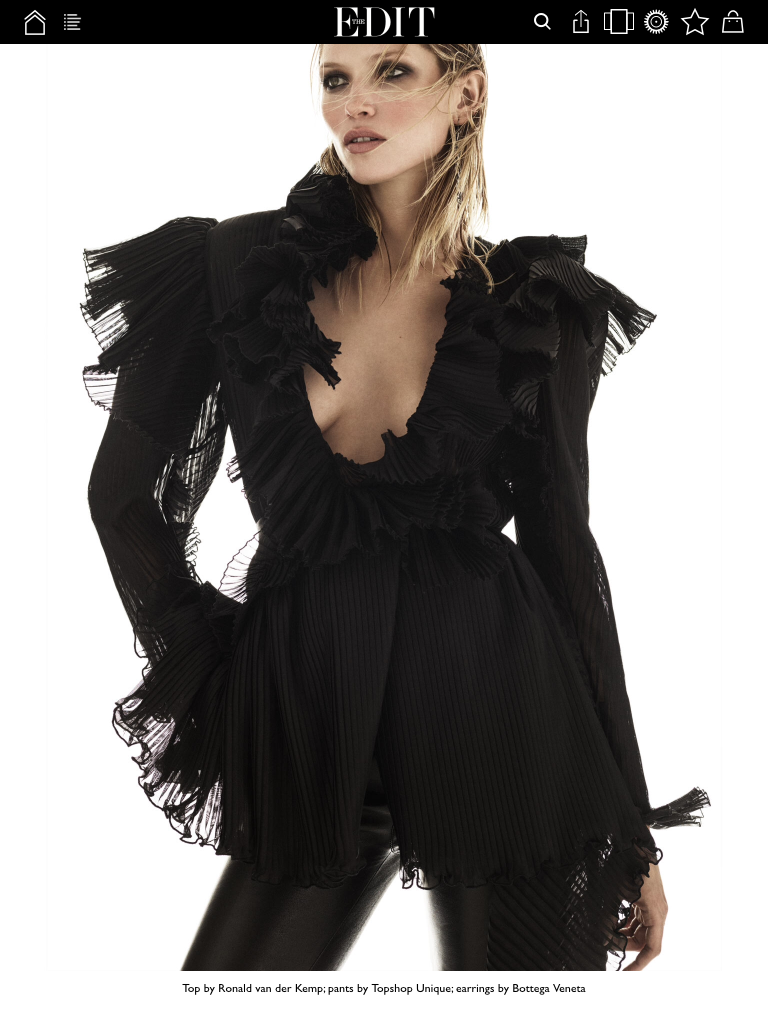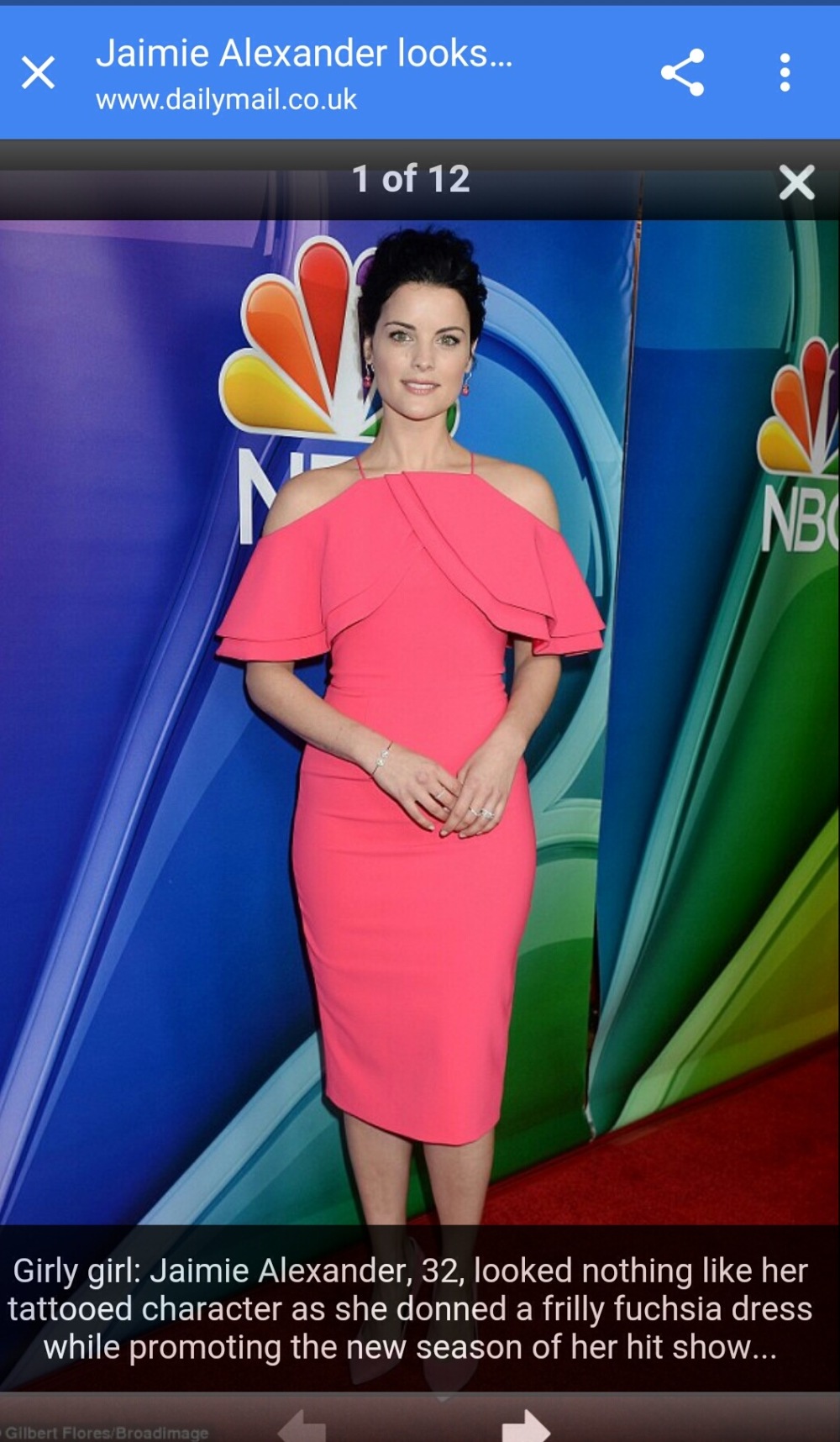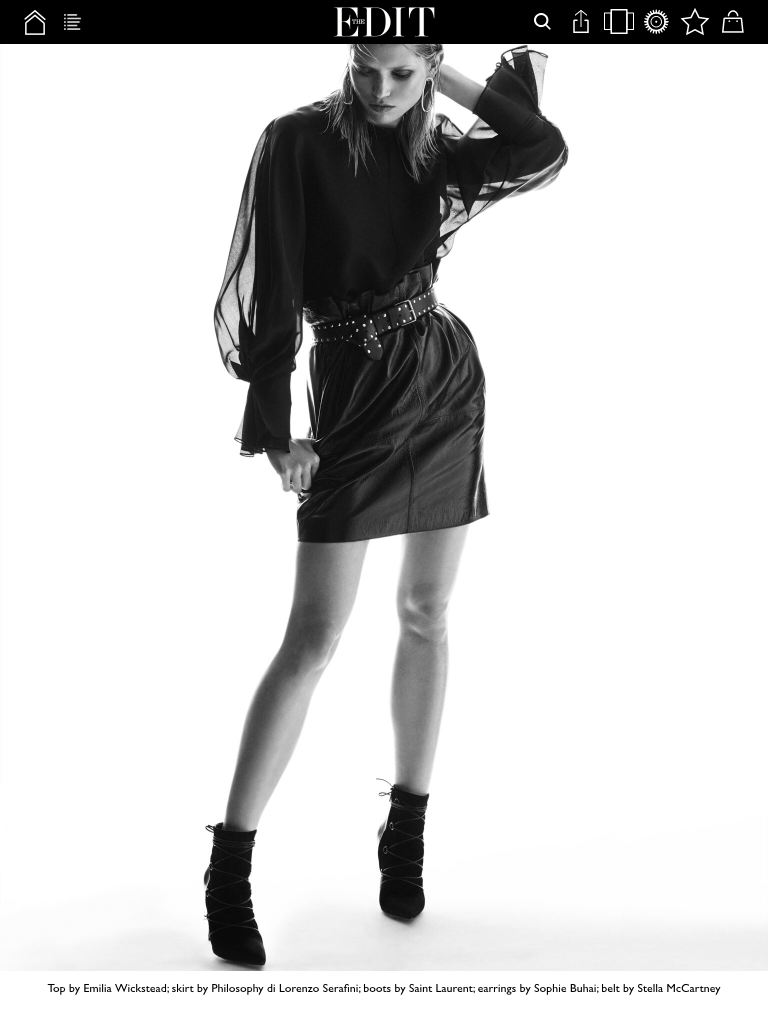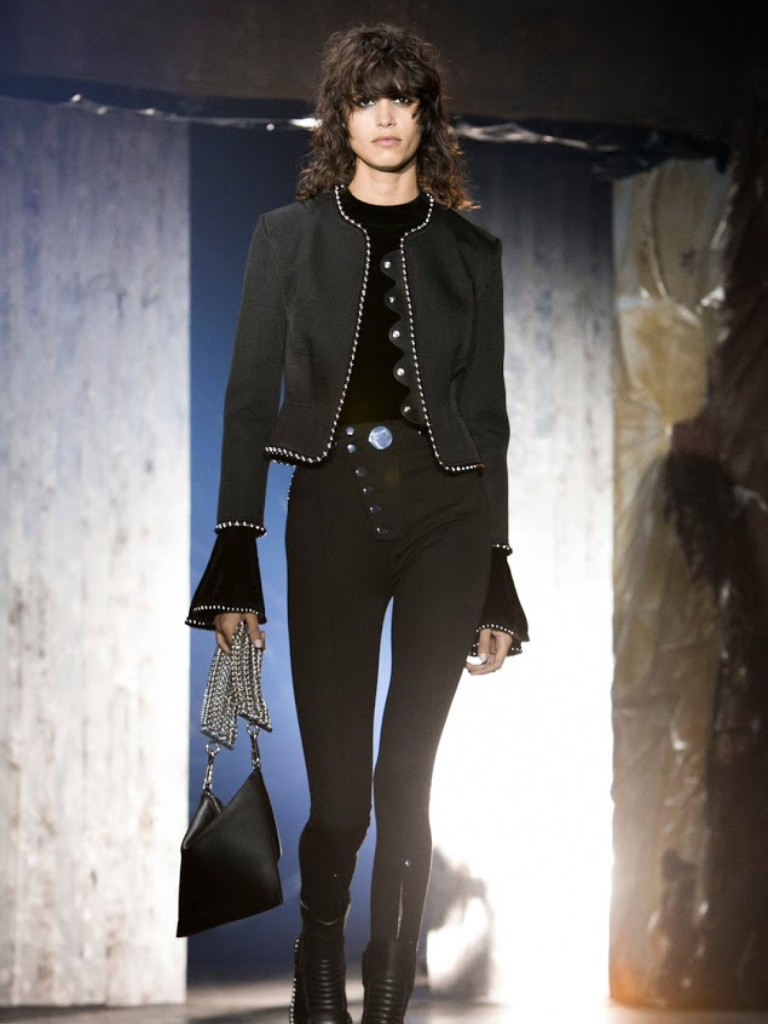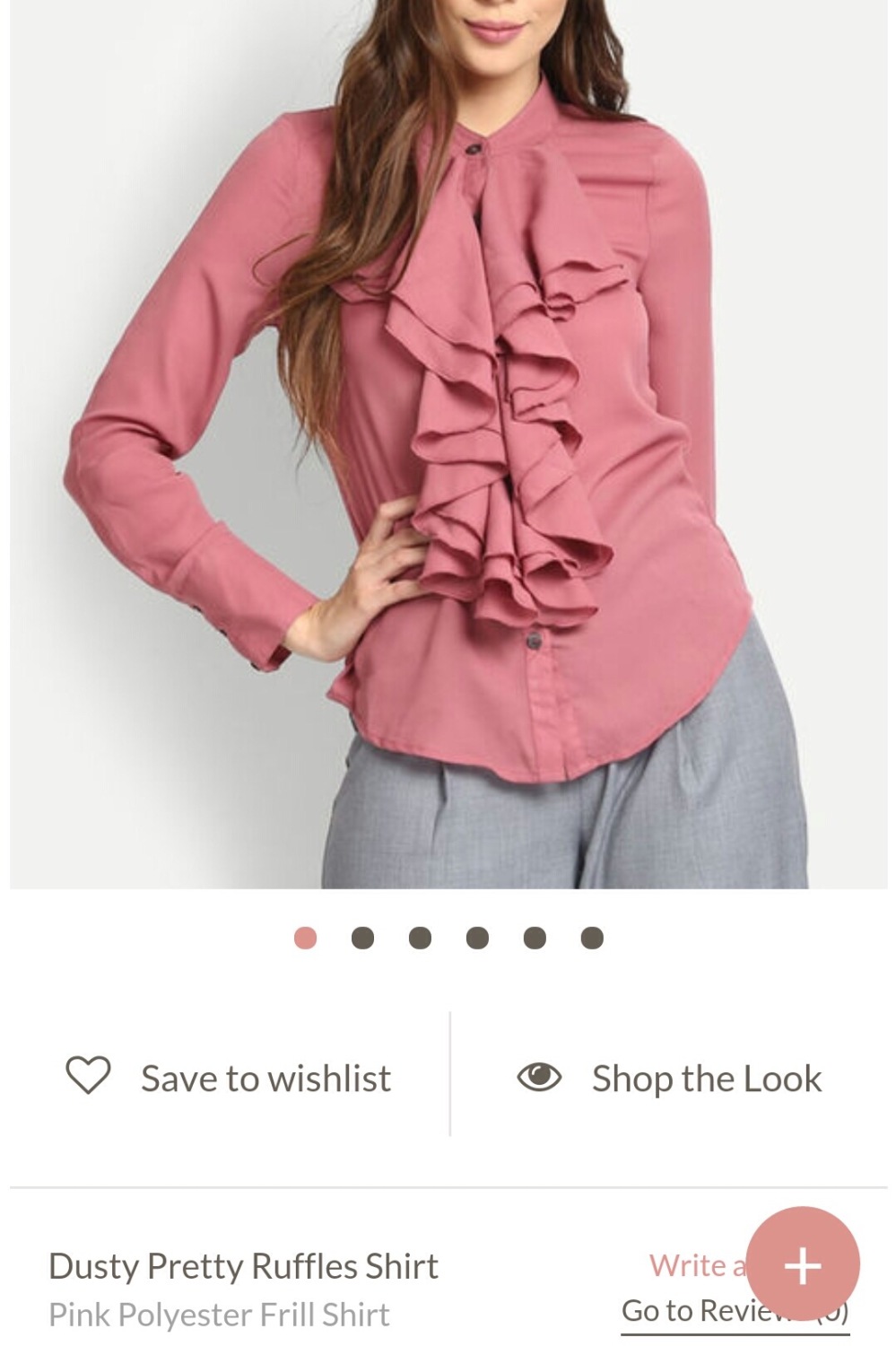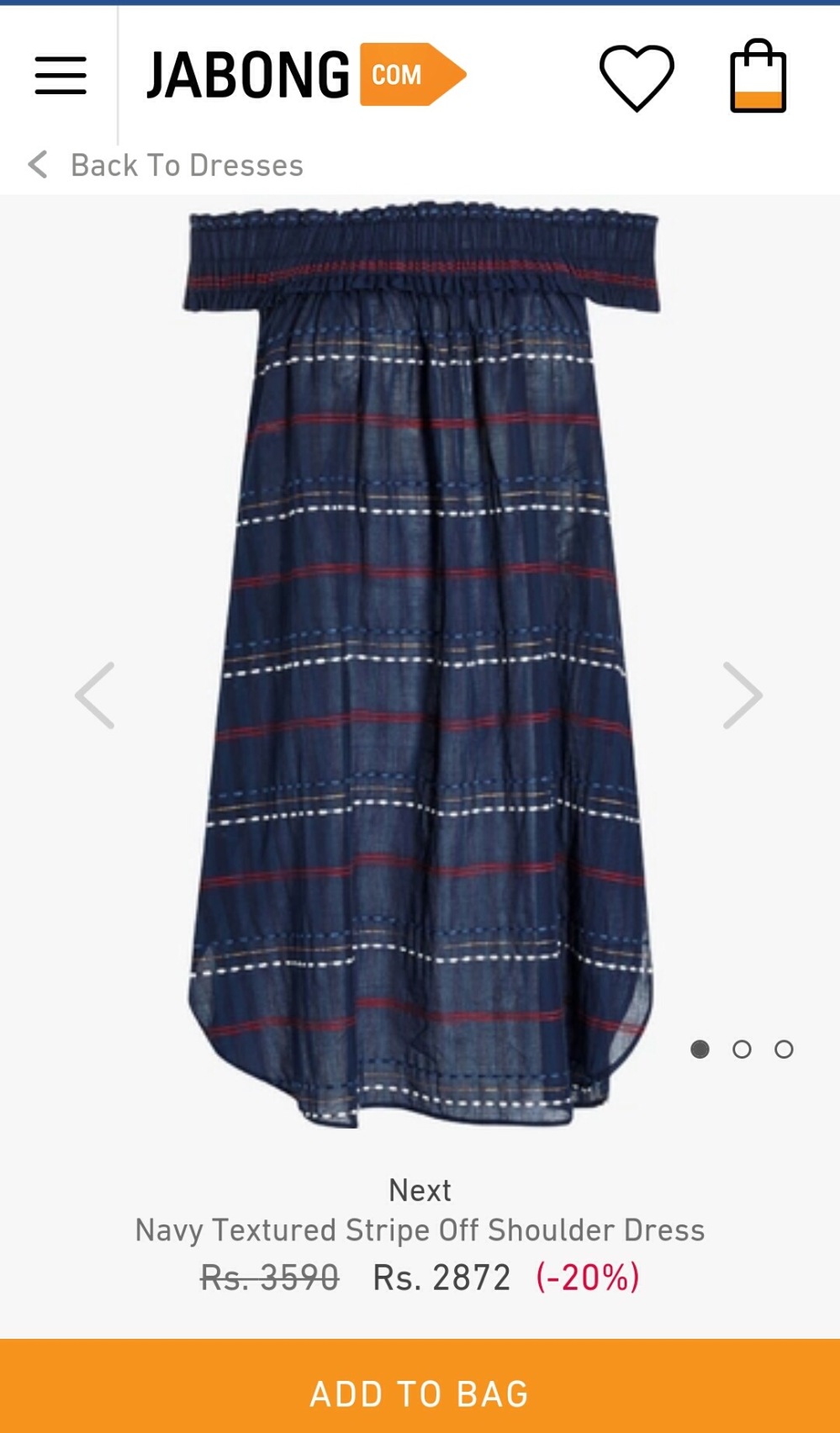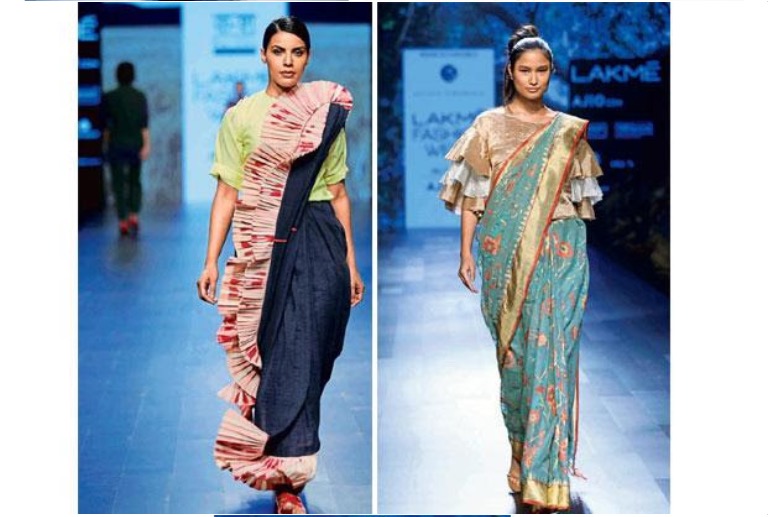The lady is sitting uptight on her chair across the runway. Twice, she checks her cellphone beeping in the black Louis Vuitton.
No wonder she has business meetings lined up that morning, but her insatiable appetite for fashion has her clinging onto the flowing dresses crafted by the prominent Indian designer, Manish Malhotra.
Hopelessly, yet beautifully, the fast fashion trend is sweeping everyone off their feet. You can now sit in your nightsuit and still be a part of a fancy fashion week setting, as observed in the following virtual reality show featuring Manish Malhotra, like this lady.
https://www.facebook.com/plugins/video.php?href=https%3A%2F%2Fwww.facebook.com%2FLakmeFashionWk%2Fvideos%2F10154118180445936%2F&show_text=0&width=560
https://www.facebook.com/LakmeFashionWk/videos/10154118180445936/
The reinvention of fashion marketplace can be understood upfront with the exemplar set by Daniel Vosovic, a designer who’s trying to keep his business afloat, while others in the industry are struggling.
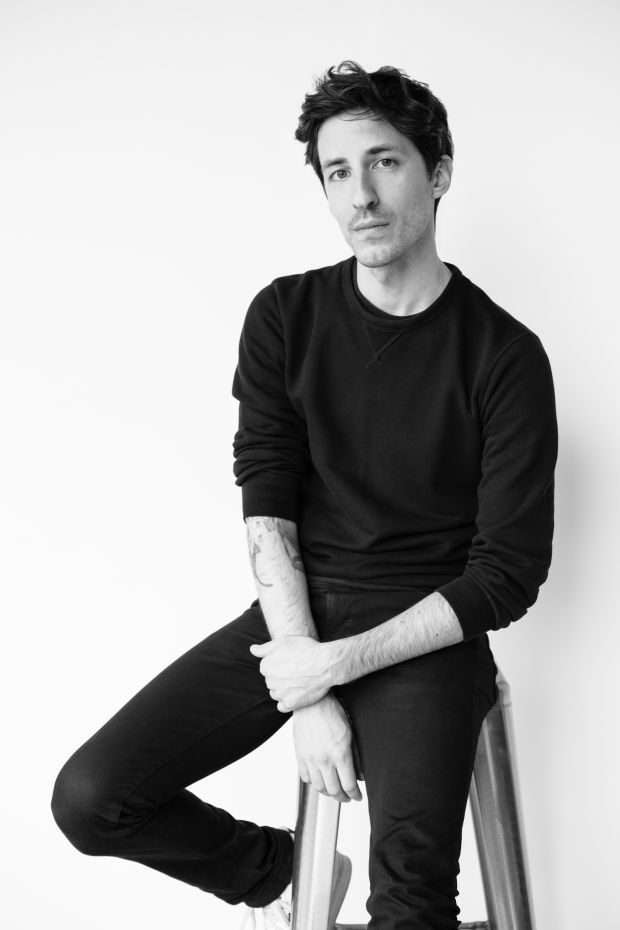
About two and a half years ago, after five years of producing traditional seasonal collections under his eponymous clothing label, his frustrations led him to an epiphany of sorts. He describes a feeling many of us will probably find relatable: “It was a seed of doubt that’s in your stomach that maybe you know that you shouldn’t be at that job, that you’re dating the wrong person, maybe you know that just something is wrong. I’m a very proactive person, and there was something in me over the course of, like, six months… It got louder and louder, and I realized that I was on a hamster wheel that I just wasn’t loving anymore. I felt very reactive to what stores wanted me to design; I was frustrated with the editorial restrictions of lead times and not being able to capture the energy of maybe a great celebrity placement, because often times they would wear the coolest, weirdest thing, which is not the thing that’s picked up by a retailer,” he explains. A few weeks before he was scheduled to show his fall 2014 collection, he drew a line in the sand: “I called my team over and I said ‘Guys, we’re gonna pause,’ and they were like, ‘What are you talking about?’ and I was like, ‘We’re going to pause this collection.’ And I remember thinking, I don’t know what my next step is but I’m going to stop doing what I don’t feel is right anymore. It was such a scary thing as a business owner, especially when you have people who rely on you for their rent money and their food and I’ve worked so hard to establish a name.”
So, after experimenting with a few incremental shifts — skipping NYFW, going direct-to-consumer — Vosovic decided that instead of making small adjustments, he should start over entirely. “It was a really interesting thing to say, ‘Daniel, make the choice before it’s made for you.'” He describes this process using the metaphor of objects on a table: “Did I still like fashion? Yes, back on the table. Did I still love New York? Yes, back on the table. Did I love the traditional wholesale model? You know what? That’s not going back on the table right now.”
After discussions with his production partner Resonance Companies revealed that the latter had similar frustrations on the manufacturing side of, uh, the table, they worked together to find a solution to the “broken” fashion cycle. And what they’ve come up with does pretty much solve every issue I’ve heard a designer complain about: In a vertically integrated facility in the Dominican Republic, Vosovic can produce designer-quality items in just about any color or print and in any quantity, with a lead time as short as two weeks. If that business model sounds familiar, that’s because it’s the one employed by fast-fashion retailers like Zara and Boohoo. Brands across the spectrum have long struggled trying to compete with those retailers; even mid-market companies like Gap and Uniqlo have been trying to restructure their supply chains to become similarly nimble. But Vosovic may be the first to do it on the designer level. “We’ve built an entirely new business model using insane technology and great machinery that allows me to do stuff that I normally would be selling for $750, $800, $900, that I can have a great margin and sell to our customers for $395. And it’s the same beautiful craftsmanship; we’re printing on the same machines that Hermès uses.”
The fast-fashion comparison only extends to the production model; Vosovic isn’t trying to instantly shill runway trends; rather, “The Kit” is about versatility and ease and simplifying the process of getting dressed. It launched Tuesday with a low-key slip dress and a top in two different silhouettes and a variety of prints. New prints and silhouettes will launch every few weeks. There will even be “themed” kits, like a beach kit, a first-date kit and maybe even a “meeting your mother in law for the first time” kit. “The idea is everything, all at once, in a single kit.” Vosovic says both the concept and name were inspired by Donna Karan’s original seven easy pieces. He also didn’t “want to add to this culture of blatant consumerism.” He does, however, want to be able to respond quickly to a style or color his customers are showing an interest in, an iconic pop culture moment — he cited Beyoncé’s “Lemonade” — or a celebrity wearing one of his designs. He calls it “design now, wear now.”
He also has the flexibility (and creative energy) to decide on a whim how he wants to promote a new style, perhaps calling up one of his photographer or videographer to do a spur-of-the-moment shoot to put on his site and social media accounts. It’s clear that “The Kit” wasn’t just a business decision; it was also a personal one. “I literally love coming to work,” says Vosovic, “because I get to play.”
Resonance Companies has already begun working with other brands who want to leverage its nimble, vertically integrated production capabilities, and naturally you wonder if this seasonless, direct-to-consumer, quick-response model is the way of the future. Vosovic is probably correct in feeling that unlike this industry’s past, there ultimately won’t be just one way to do things. He compares it to the television industry, where network, cable, satellite and streaming models are all able to survive harmoniously.
If anything has become very clear as designers left and right proceed to move their shows to different cities, different times of the year, switch up the seasons that are shown to the public, hold runway images until six months after the fact and everything in between — while new brands constantly pop up promising transparency, fair prices and ethical production — it’s that designers have finally realized they’re not all beholden to the same (broken) system. I think it’s safe to say that Vosovic’s won’t be the only big brand restart of 2017.
Get rid of cost trap bugs with digital distribution
Processes within the fashion industry are inefficient, Ivan Herjavec says, general manager at the wholesale platform Buying Show (www.buyingshow.com). Structures and processes that are outdated need to be overcome – a breakdown of the fashion industry’s five most striking problems.
1. Planning processes that are outdated
A lack of proper planning processes – too long lead times when ordering or at the production site – is a big issue within the fashion industry. Planning processes did not change in decades. An example for good time management is Zara. A vertical brand, Zara occupies the fast fashion market that takes the latest designs from the runway and immediately turns them into fashion trends. The very reason for that is that nowadays consumers ‘ expectations towards shopping are higher. On their twelve shopping sprees a year on average, they want to explore new things every single time. To meet these requirements, brands do need better planning processes that include product development, production as well as marketing and distribution, aligned with the market and actively communicated to consumers.
2. Digitalise your distribution
Slow and expensive product development processes result from outdated communication channels between brands and manufacturers. To this day, brands will initially develop expensive samples or prototypes for the entire collection to be showcased at fairs, in showrooms, or by the sales force and sent across the globe. But only those pieces that are ordered during these processes will be actually produced. Hence, product testing takes several months from the idea to the production of samples up to the retailers’ order that eventually determines the extent of production. Those processes occur two or three times a year offering not too many opportunities for retailers and brands to exchange ideas. Moreover, selection and order processes of retailers are complex and take long. More often than not, it takes brands weeks to receive a definite order by retailers since they need to make a choice in showrooms and the order needs to be confirmed, too. The brands on the other hand can only place an order with their producers when all orders by the retailers are received.
3. High costs in sales department
The B2B sales process is too short and too expensive: At the beginning of the year, every order for the upcoming season needs to be processed in a very short time window. In order to do so, brands need to expand their sales force to cover a bigger fraction of the market. Then again, those sales teams need lots of samples and they have to travel a lot which produces high costs. Add to that expenses for showrooms in various cities where they can meet up with clients. All those activities produce additional costs.
Almost every brand misses the opportunity to sell its collection during the season to its clients, the retailers. Interested parties cannot look at a brand’s inventory. They know only what is available by request. Brands with remaining stocks can only get rid of them through extensive acquisition. There is a lack of efficient processes and technical support to make additional sales more profitable. Selling of the goods gets pricy until in the very end, margins are barely existent and goods are sold at dumping prices to outlets in the far east for instance.
4. Risks due to order cancellation
It might take half a year between the placing of an order and shipment which leads to a high level of risk: Retailers can cancel their orders that already had been forwarded by the brand to its producers. Also, there is the risk that the brand cancels orders for various reasons. Both parties incur a risk. In case of a cancellation, retailers have to find another brand or product category whereas brands need to find other retailers for this very order.
5. Lack of money
The time gap between order, shipment and sale of goods are quite a big problem for the fashion industry for brands usually need to pay producers up front and only in a best case scenario 30 days after receiving the goods. The average delivery time from the factory to the warehouse is 30-60 days. This means that goods that arrive at the brands’ warehouses are either paid for or are about to be paid for.
Retailers expect term of payments of 30 to 90 days, starting with the receipt of invoice (usually the date of shipment from brand to retailer). This means that brands are financing the deal 30 to 120 days in advance (sometimes even beyond that stretch), incurring a high level of risk. Retailers as well need 90 days on average to sell so many goods that their costs are covered.
No worries mate. The optimistic vibe is still in the air. “Bringing fashion immediately from catwalk to checkout marks a new era for the fashion industry,” said Pernilla Wohlfahrt, H&M’s head of design and creative director. “We’re very much looking forward to testing this exciting new format. We also want to share this moment with our customers, so we’ll be showing the fashion show live on our web site.”
Johansson said there are drawbacks to see-now-buy-now and admitted that by offering H&M Studio for sale immediately after the runway show, consumers will have less time to discover the collection. One month prior to the runway show, on Feb. 1, H&M planned to offer an overview of 16 looks on its web site to give consumers an idea of what they’ll see on the catwalk.
If you like to keep your feet out of the dirty picture, be wary of the fast fashion scandals, like the one here.
Last summer, Los Angeles illustrator Tuesday Bassen filed a lawsuit against ZARA over multiple clothing pieces sold by the retailer, featuring illustrations similar to those made by the California-based artist. In August last year Aurora James – founder and Creative Director of emerging made in Africaaccessories brand Brother Vellies – took to Instagram and published an open letter on I-D’s website. She came across a pair of ZARA faux fur sandals, seemingly inspired by a Brother Vellies design.
As opposed to battling things out in court, Ruben Galarreta, an emerging name in Spanish fashion circles, believes that teamwork makes the dream work. “Fast-fashion retailers and emerging designers can co-exist because they complement each other. I believe everybody loves to have a diverse wardrobe; so mixing fast-fashion pieces with unique designer pieces makes sense. Obviously, young up-and-coming designers can’t compete with the major fast-fashion retailers when it comes to casual garments – especially in terms of pricing and production numbers. They (fast-fashion retailers) retail directly to customers on a global scale, producing millions of units. Young designers might produce in thousands while selling through boutiques. So our advantage is exclusivity.”
As the creative energies merge into one domain, plagiarism hardly holds true. It’s a matter of who shows first, does first or catches the worm first.
So, are you getting the fast fashion fragrance for your wardrobe?
Cheers,
@jesuissana

